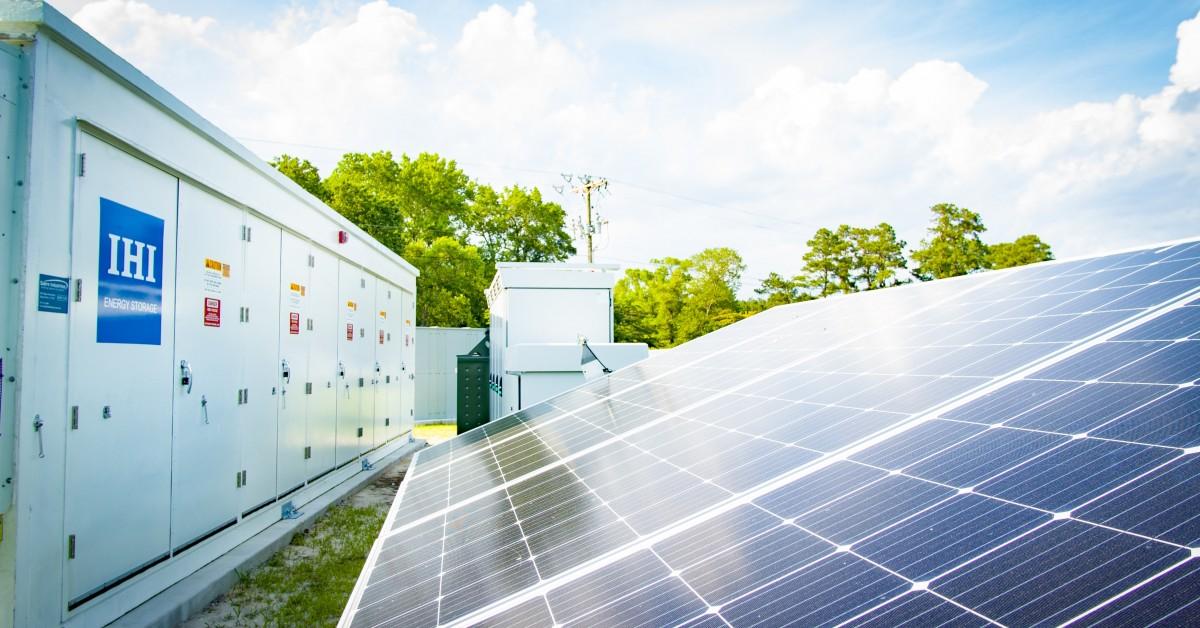Residential Solar Energy Storage Market Trends and Insights

Introduction
The Residential Solar Energy Storage Market is rapidly expanding as homeowners and businesses seek energy independence, cost savings, and sustainability. These systems store electricity generated from rooftop solar panels or other renewable sources, allowing consumption during peak hours or power outages. Increasing electricity prices, government incentives, and declining battery costs are fueling market growth globally.
Understanding the Market
Residential solar energy storage systems include lithium-ion batteries, lead-acid batteries, flow batteries, and emerging technologies like sodium-ion and solid-state batteries. Lithium-ion batteries dominate due to high energy density, long life, and falling costs. Flow batteries offer scalability and longer cycle life, suitable for large household installations. The market encompasses standalone storage systems and integrated solar-plus-storage solutions, enabling homeowners to optimize energy usage and reduce dependency on the grid.
Technological Innovations
Advanced battery management systems (BMS) enhance performance, safety, and lifespan of residential storage systems. Integration with smart home technologies allows real-time monitoring, energy analytics, and automated load management. Hybrid inverters enable seamless switching between grid power, solar generation, and stored energy. Innovations in battery chemistries, such as lithium-iron-phosphate (LFP) and solid-state technologies, are improving safety, efficiency, and energy density. Vehicle-to-home (V2H) solutions allow electric vehicles to act as backup energy sources, further enhancing flexibility.
Market Growth and Future Outlook
The residential solar energy storage market is witnessing accelerated adoption in North America, Europe, and Asia-Pacific. Falling battery prices and supportive policies, such as net metering, tax credits, and subsidies, are encouraging homeowners to invest in energy storage. The integration of residential storage with solar rooftops, smart inverters, and home energy management systems is expected to drive market growth. Future trends include increased adoption of modular battery systems, second-life electric vehicle batteries, and AI-driven energy optimization platforms.
Challenges and Opportunities
High upfront costs, limited awareness, and technical complexity remain challenges. Ensuring battery safety, managing degradation, and optimizing performance are also critical considerations. Opportunities include offering financing solutions, home energy-as-a-service models, and grid-interactive storage solutions. Expanding markets in emerging economies, rural electrification projects, and off-grid solar adoption provide significant growth potential. Companies can differentiate through innovative products, installation services, and maintenance support.
Regional Insights
North America leads with high adoption in the U.S. driven by government incentives and strong solar penetration. Europe emphasizes smart storage integration, regulatory support, and sustainability initiatives. Asia-Pacific, especially China, Japan, and India, is rapidly adopting residential storage due to rising energy costs and renewable energy policies. Latin America and Africa are exploring off-grid solar-plus-storage solutions for energy access and resilience. The Middle East is gradually adopting storage technologies in conjunction with solar initiatives.
Conclusion
The Residential Solar Energy Storage Market plays a crucial role in promoting energy independence, sustainability, and resilience. With declining costs, technological advancements, and supportive policies, the market is set for strong growth. Innovations in battery chemistry, smart home integration, and modular solutions are expected to redefine residential energy storage, making it an essential component of future energy systems.



